Continuing from last week’s column on partnerships, this week I will discuss some of the aspects of a corporation. One key point is that a corporation survives the death of one of its shareholders or officers. Partnerships cease upon the death of a partner.
Deciding whether to incorporate:
In deciding what type of organization you want to do bs under, there are tax & nontax considerations that should be discussed with your attorney and tax professional.
Non-tax Considerations:
The shareholder-owners are NOT PERSONALLY LIABLE for the Corporation’s debts. This means shareholder’s losses are limited to their investment in the stock. In general, shareholders may freely transfer their ownership rights to others (i.e., sell out). The legal existence of a corporation is perpetual unless a shorter term is stated in the Articles of Incorporation. Under corporate statutes, a corporation is to be managed by, or under the direction of, a board of directors. A corporation can raise capital, not only by making or borrowing it, but they can sell stock.
Tax Considerations:
In considering whether or not to incorporate, the effects of DOUBLE TAXATION should be considered. Double taxation is the result of the corporation being taxed on its profits and the shareholders being taxed on their disbursements. One can eliminate Double Taxation by i) not becoming a corporation but a Partnership instead; or ii) becoming a SUB S Corporation.
How to incorporate:
The first step is to prepare the Articles of Incorporation. The person who prepares these articles must be over the age of 18 and is referred to as “the Incorporator.” The articles must contain the name of the corporation, the corporation’s purpose and its duration along with several other requirements. The incorporator must file the Articles of Incorporation with the Secretary of State. Upon the issuance of the certificate of incorporation, the corporation’s existence shall begin, and such certificate shall be conclusive evidence that all conditions precedent to be corporation have been complied with. After the corporation gets its Certificate of Articles of Incorporation, then it shall hold an organizational meeting of its Board of Directors. A corporation shall not transact any business or incur any indebtedness until it has received for the issuance of shares consideration of the value of at least $1000 consisting of money, labor done, or property.
3 Entities that make up Corporation. They are as follows:
Shareholders – Provide the cash.
Directors – Are in charge of
the management.
Officers – Lead by the CEO, are charged with implementing the plans of Corporation in order to reach its goals.
Many people opted for corporate status because of the Limited Liability associated w/it, and thus the only risk was your initial investment.
Generally, shareholders are protected, but in rare circumstances there may be a time when parties go beyond a corporation & make the shareholders liable. This is known as piercing the corporate veil. Not only can shareholders be “shielded” from liability, but a Parent Company can be as well “shielded” as well from the liability of its subsidiaries.
The formation of a corporation or limited liability company is done primarily for liability purposes, but there are estate planning and tax concerns as well. If you are thinking of starting a new or have an existing business, then you should consult with a tax advisor and attorney. These professionals can help you determine what is the best form of entity for your particular business.

